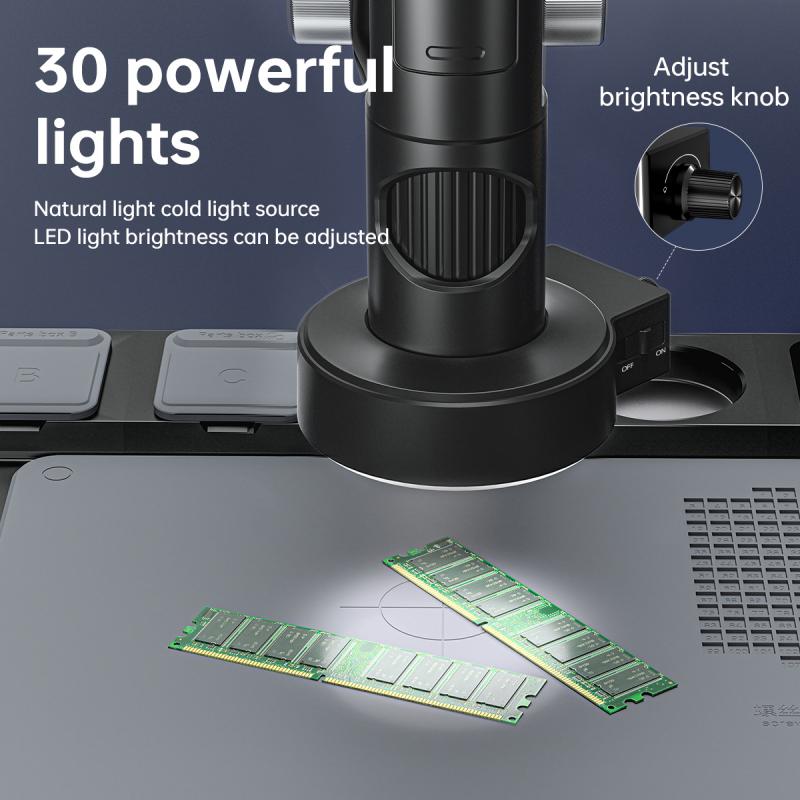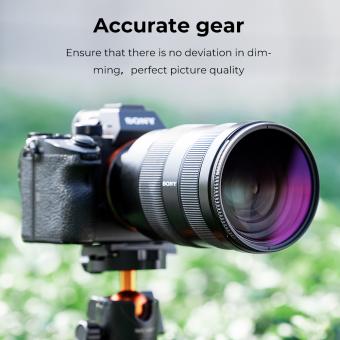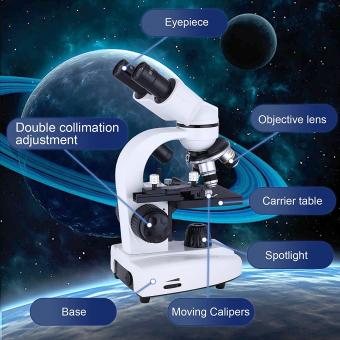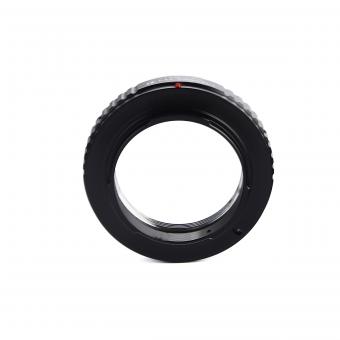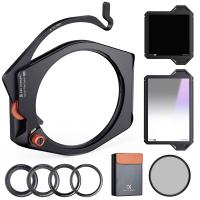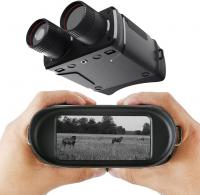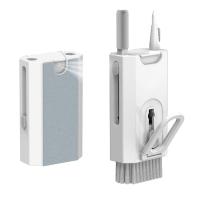Who Invented The First Simple Microscope ?
The first simple microscope was invented by Antonie van Leeuwenhoek.
1、 Hans Lippershey's invention of the first simple microscope
Hans Lippershey is often credited with the invention of the first simple microscope. Lippershey was a Dutch spectacle maker who is believed to have created the device around the year 1590. His invention consisted of a convex objective lens and a concave eyepiece, which allowed for magnification of small objects. Lippershey's simple microscope was a significant advancement in the field of optics and laid the foundation for the development of more sophisticated microscopes in the future.
However, it is important to note that the invention of the microscope was not a singular event, but rather a culmination of advancements made by multiple individuals over time. While Lippershey is often attributed with the invention, there were others who also made significant contributions to the development of the microscope. For instance, Zacharias Janssen, another Dutch spectacle maker, is believed to have created a similar device around the same time as Lippershey.
Furthermore, the concept of magnification and the use of lenses to observe small objects can be traced back to ancient times. The ancient Egyptians and Romans were known to use simple lenses made from glass or crystal to magnify objects. The Chinese also had a long history of using lenses for magnification purposes.
In recent years, there has been some debate among historians and scholars regarding the true inventor of the microscope. Some argue that the invention should be attributed to Janssen, while others believe that it was a collective effort involving multiple individuals. The exact details of who invented the first simple microscope may never be definitively determined, but it is clear that Lippershey's invention was a significant milestone in the history of microscopy.
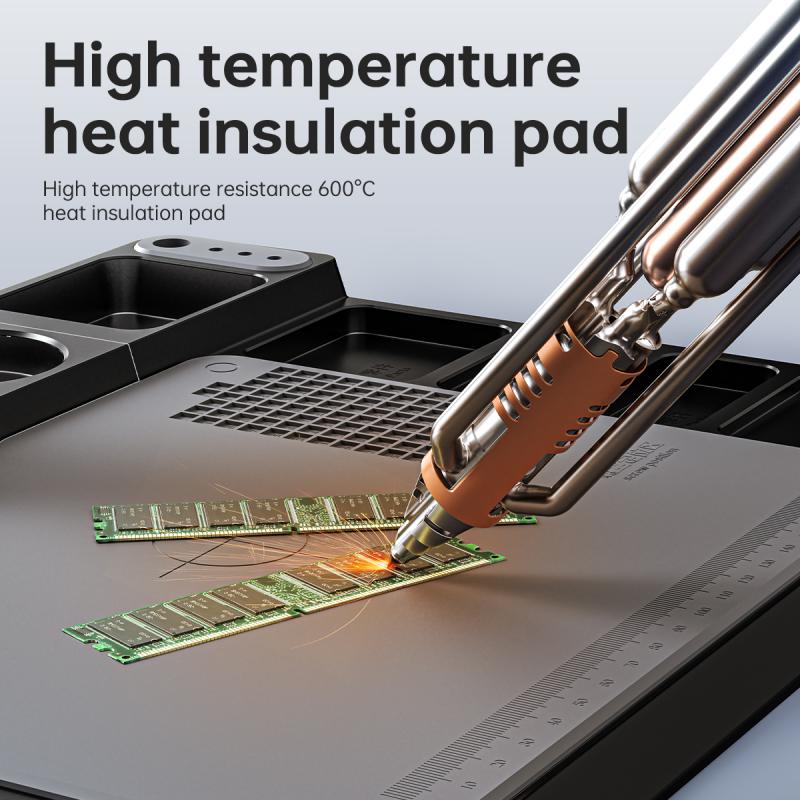
2、 Zacharias Janssen's contribution to the development of the simple microscope
The invention of the first simple microscope is often attributed to Zacharias Janssen, a Dutch spectacle maker, in the late 16th century. Janssen, along with his father Hans, is believed to have developed the first working microscope around the year 1590. Their invention consisted of a convex objective lens and a concave eyepiece, which allowed for magnification of small objects.
Zacharias Janssen's contribution to the development of the simple microscope was significant. His invention revolutionized the way we perceive the microscopic world and laid the foundation for further advancements in microscopy. By allowing the observation of tiny objects with enhanced clarity and magnification, Janssen's microscope opened up new possibilities for scientific exploration and discovery.
However, it is important to note that the invention of the microscope is a topic of debate among historians. Some argue that Janssen was not the sole inventor, but rather a contributor to the development of the microscope. There are claims that other individuals, such as Hans Lippershey and Hans and Zacharias' rival, Cornelis Drebbel, also played a role in the creation of the microscope.
In recent years, there has been a shift towards recognizing the collaborative nature of scientific discoveries. It is now widely accepted that the invention of the microscope was a result of the collective efforts of multiple individuals, including Janssen. The exact details of who invented the first simple microscope may never be definitively determined, but Janssen's contribution remains significant in the history of microscopy.
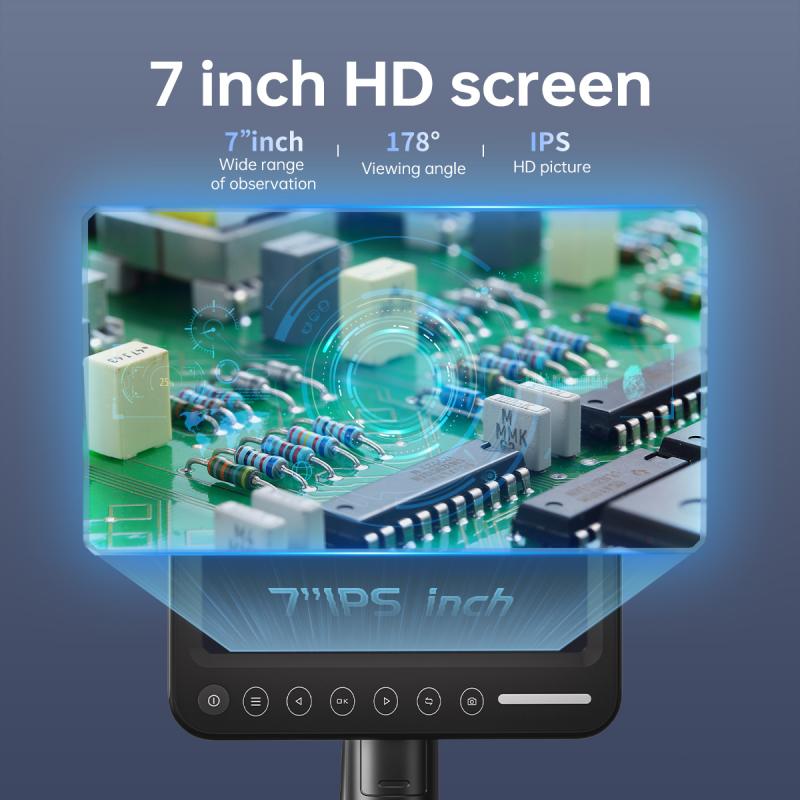
3、 Cornelis Drebbel's advancements in early microscope design
The invention of the first simple microscope is often attributed to Cornelis Drebbel, a Dutch inventor and engineer. Drebbel is known for his advancements in early microscope design during the late 16th and early 17th centuries. While the exact details of his microscope design are not well-documented, it is believed that Drebbel constructed a simple microscope consisting of a convex lens mounted on a metal frame.
Drebbel's microscope was a significant development in the field of microscopy, as it allowed for the magnification of small objects and the observation of details that were previously invisible to the naked eye. His design laid the foundation for future advancements in microscope technology.
However, it is important to note that the invention of the microscope was not a singular event, but rather a gradual process involving contributions from multiple scientists and inventors. Prior to Drebbel, others had also made significant contributions to the development of early microscopes. For example, the Italian scientist Galileo Galilei is known to have constructed a compound microscope in the early 17th century.
In recent years, there has been some debate among historians and scholars regarding the true inventor of the first simple microscope. Some argue that Drebbel's contributions were significant, while others believe that earlier inventors may have also played a role. The lack of detailed documentation from that time period makes it difficult to determine with certainty who should be credited as the inventor.
In conclusion, while Cornelis Drebbel is often credited with inventing the first simple microscope, it is important to acknowledge the contributions of other scientists and inventors who also played a role in the development of early microscopes. The exact details of Drebbel's microscope design remain somewhat elusive, but his advancements undoubtedly paved the way for future innovations in microscopy.

4、 Robert Hooke's notable use of the simple microscope in scientific research
The first simple microscope, also known as a single-lens microscope or magnifying glass, was invented by Dutch scientist Antonie van Leeuwenhoek in the late 17th century. Van Leeuwenhoek is widely recognized as the pioneer of microscopy and made significant contributions to the field of microbiology. He crafted his own microscopes by grinding small glass spheres to create lenses capable of magnifying objects up to 300 times.
However, it is important to note that while van Leeuwenhoek is credited with inventing the first simple microscope, Robert Hooke played a crucial role in popularizing its use in scientific research. Hooke, an English scientist, used the simple microscope extensively in his studies and made several notable discoveries using this instrument.
Hooke's most famous work, "Micrographia," published in 1665, showcased his observations made with the simple microscope. In this groundbreaking book, Hooke described and illustrated various objects, including insects, plants, and even cells. His detailed drawings of a thin slice of cork, which he called "cells" due to their resemblance to small rooms, provided the first glimpse into the microscopic world.
While van Leeuwenhoek's microscopes were more powerful and capable of higher magnification, Hooke's work with the simple microscope laid the foundation for future advancements in microscopy. His use of the instrument in scientific research and his publication of "Micrographia" inspired other scientists to explore the microscopic realm and further develop the field of microscopy.
In conclusion, while Antonie van Leeuwenhoek is credited with inventing the first simple microscope, Robert Hooke's notable use of the instrument in scientific research and his publication of "Micrographia" played a crucial role in popularizing its use and advancing the field of microscopy.
